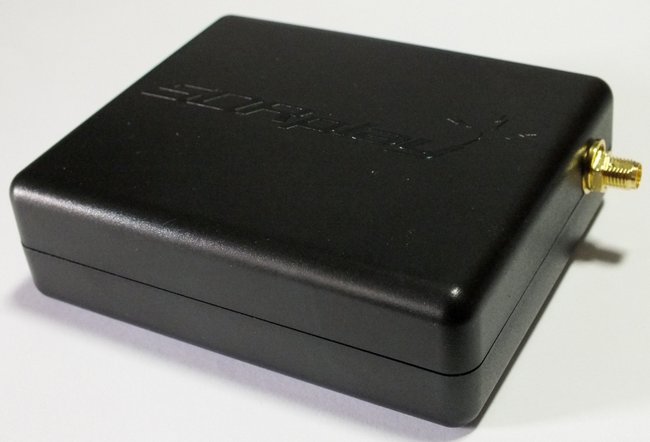Jon Hudson with SDRplay has just informed me that they’ve released the latest version of the SDRplay RSP’s API and EXTIO which, among other things, removes the previous frequency gap between 380 MHz to 420 MHz. This is brilliant news for those of you who need continuous coverage from 100 kHz to 2 GHz.
RSP owners can download the new API and EXTIO on the SDRplay website.
Click here to read about other improvements, included with this API/EXTIO update, on the RTL-SDR blog.


In a reply that obviously didn’t make it I confessed that SWLing is responsible for my two SDR buys: a DX Patrol (first edition) last year and now a SDRplay RSP 🙂
For shortwave the SDRplay RSP is far superior to the DX Patrol: Large-signal response is much better and the frequency stability is better by at least two orders of magnitude. For the first 30 min the DX Patrol drifts for several kHz while the SDRplay RSP allows to switch to SSB on AM stations right from power-up.
But there are limits: Even on 7 MHz the SDRplay RSP has large-signal problems with the 100 kW transmitter on 801 kHz 15 km from here. This problem will solve itself at the end of September 🙁
Above 60 MHz the SDRplay RSP is a disappointment: There is a preamp in front of the bandpass filters resulting in lots of intermodulation. I get quite some DAB+ and DVB-T spurs mixed with FM signals and so on. I have hardly any of these problems with the DX Patrol.
I do understand that this design decision was made to maximize sensitivity. But only use a wideband VHF/UHF antenna like my discone with this SDR if you live in a rural area with no FM or TV transmitters near by.
Based on your comparison of RSP1 and DX Patrol I on HF just pulled the trigger on a RSP1. 🙂
Thanks!
In the meantime I could compare a DX Patrol (first edition) to a DX Patrol Mk3: The frequency drift was reduced considerably, but on SW it still was some 500 Hz over the first 30 min. The rest of the Mk3 is marginally better than the old version.
For those of you with some command of German: For the March 2016 edition of the cqDL magazine I have written a comparison of both versions of DX Patrol and the SDRplay. In my tests with FM radio stations I found that the dynamic range of the SDRplay is about 20 dB better than that of both DX Patrols.
If you wish to maximize sensitivity, you should consider selective preamps for all units.
The most important advantage of the DX Patrol is its Android compatibility. There is a Android driver for the SDRplay, but I know of no app that supports it.
So buy a DXpatrol,
* if you need a simple test receiver. Here you can rely on power comparisons, e.g. for antenna measurements. You all know that you cannot do that at analog receivers.
* If you look for a simple way to receive “a bit more” on the road using your smartphone. Considering the antenna a small portable receiver could be cheaper and smaller. But you would not get any spectrum display and the large frequency range.
I wish I had good news for you, Mark. The only SDR app I’ve had success with on Mac OSX is CuteSDR. You’ll have to look up compatible SDRs, but I believe I’ve used the SDR-IQ with it in the past. It’s super basic (indeed, too basic for me), but works in a pinch.
My only laptop is a MacBook Air. I’ve considered adding a Windows dual boot, but there just isn’t much HD space to do this (128 GB). I’d love to run some of my SDRs with it, though.
Perhaps someone else can chime in with better suggestions.
-Thomas
Are there any good SDRs that work with OS X or iOS? Apple users have generally been left in the cold when it comes to this technology and developers need to be reminded that while the marketshare numbers are lower, the profit margins for Apple are much higher. Apple users tend to spend far more money.
Whether that means much in these waning days of radio, I don’t know, but these developers are ignoring the demographic with the deepest pockets.